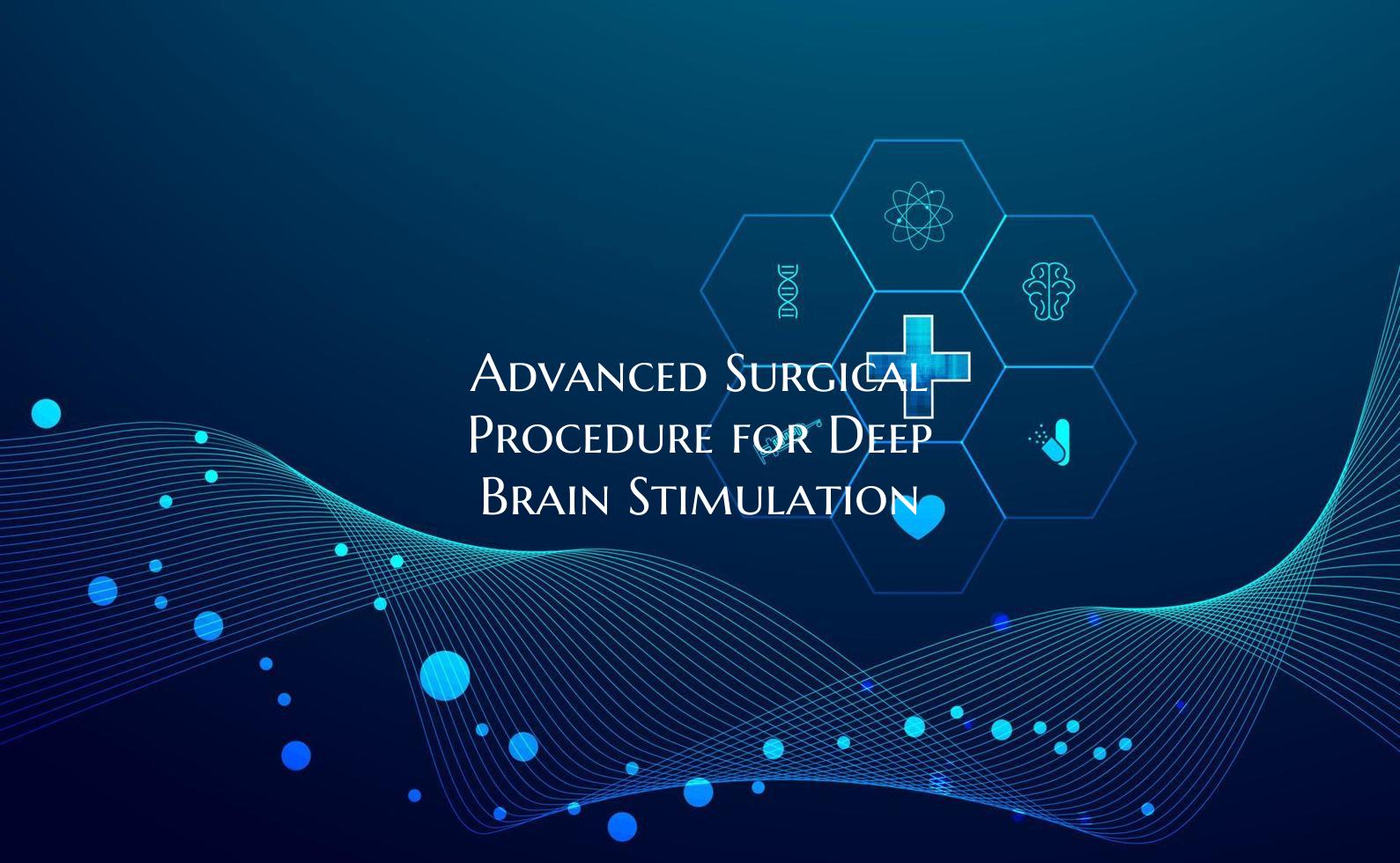
Advanced Surgical Procedure for Deep Brain Stimulation
Deep brain stimulation (DBS) has emerged as a groundbreaking treatment option for individuals with neurological disorders such as Parkinson's disease, essential tremor, and dystonia. This advanced surgical procedure involves the implantation of electrodes in specific areas of the brain to modulate abnormal neuronal activity and alleviate symptoms that are otherwise refractory to medication.
The surgical process begins with thorough preoperative evaluation, including neuroimaging studies and psychological assessment, to determine the optimal target within the brain for electrode placement. A multidisciplinary team comprising neurosurgeons, neurologists, and neuropsychologists collaborates to ensure the success of the procedure.
On the day of the surgery, the patient is under general anesthesia as the neurosurgeon precisely implants the electrodes into the predetermined brain regions. Advanced imaging techniques, such as intraoperative MRI or CT scans, guide the surgeon to the exact target, ensuring accuracy and efficacy of electrode placement.
Following the electrode implantation, a pulse generator, similar to a pacemaker, is implanted under the skin of the chest or abdomen. This generator is then connected to the electrodes in the brain through thin extension wires that run under the skin. Once activated, the pulse generator delivers electrical impulses to the brain, modulating the neural activity and alleviating symptoms.
Postoperatively, patients undergo programming sessions where the settings of the pulse generator are fine-tuned to optimize symptom control and minimize side effects. Regular follow-up visits with the medical team are essential to monitor the efficacy of the treatment and make any necessary adjustments.
Despite being a major surgical procedure, deep brain stimulation for neurological disorders has shown remarkable success in improving the quality of life for patients who have not responded well to conventional treatments. Ongoing research and advancements in surgical techniques continue to enhance the safety and efficacy of this innovative therapy, offering hope to those living with debilitating neurological conditions.